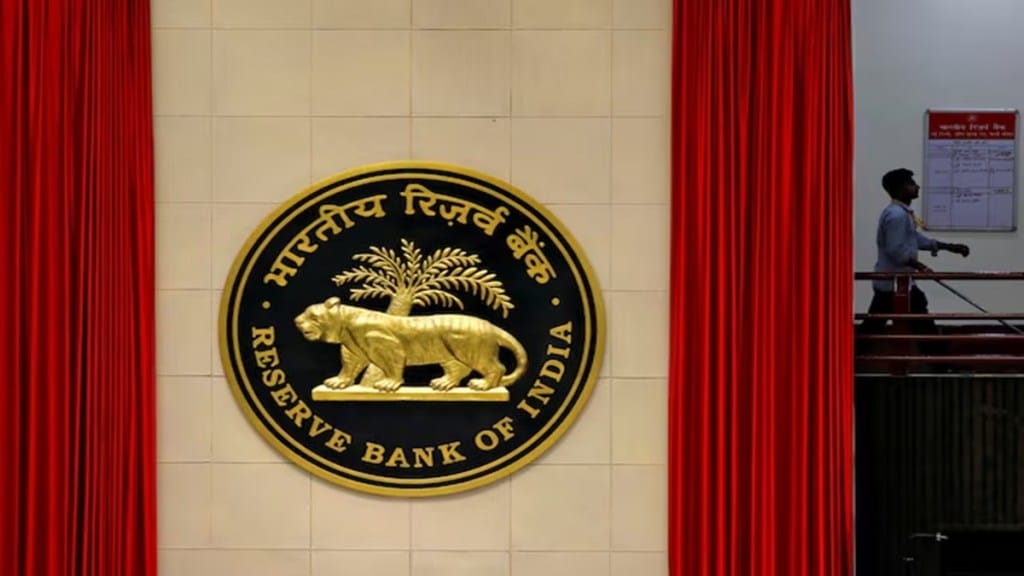The Reserve Bank of India’s (RBI) proposal of lifting restrictions on loans against corporate debt has seen a new wave of interest among HNIs, family offices, corporate treasuries and institutions. Players see the move to improve depth and breath in the corporate bond market. “As more bonds are pledged and traded, market depth, turnover, and bid-ask efficiency are likely to improve, driving greater liquidity across the fixed-income spectrum,” said Vishal Goenka, co-founder, IndiaBonds.
He stated that the ability to raise credit against bonds will attract investors, including HNIs and institutions that seek flexibility without exiting their existing investments. “The immediate beneficiaries will be AAA, AA+ and AA rated bonds due to their higher credit quality and they require minimal haircuts<” he added.
Bank credit growth
The year-on-year growth in bank credit to individuals against shares and bonds was at a 19-month low in August, according to the RBI data. Loans to shares and bonds grew merely 0.9% on year to Rs 9,807 crore in August compared to 26.8% in the year-ago period.
On October 1, while detailing the outcome of the monetary policy committee meeting, RBI unveiled a slew of measures. Among those, the central bank removed the ceiling on lending against listed debt securities, while enhanced limits for lending by banks against shares from Rs 20 lakh to Rs one crore. Earlier, the loan against debt securities was also subjected to a limit of Rs 20 lakh, same as equity shares.
“Allowing people to take loans against listed debt is a good way to unlock capital. Given the significant amount of outstanding listed debt in the country, enabling its use as collateral for borrowing provides liquidity that can be channelled into various investments. This not only makes debt securities more useful but also encourages greater participation in corporate bonds,” said Nikhil Aggarwal, founder and group CEO – Grip invest.
who believes that the impact will depend on banks’ approach—whether they accept only AAA-rated bonds or include lower-rated ones, and what loan-to-value ratios and margins they set. Currently, most banks offer a loan-to-value (LTV) ratio of 60%-80%, depending on the category. For instance, HDFC Bank offers LTV ranging from 60% to 75% for select PSU navaratna bonds, according to the bank’s website. ICICI Bank offers loans up to 70% of the value of the sovereign gold bonds, the website showed.
Special Vostro Rupee Account
Meanwhile the central bank also allowed the balances of a special vostro rupee account (SVRA) to invest in corporate bond and commercial papers. This move also helped get better traction to the Indian debt market while pushing rupee to the forefront, said market participants. “It enables surplus rupee balances held by NRIs and foreign entities to be productively deployed, rather than remaining idle or confined to government securities. This channel creates an additional source of demand for corporate paper, supporting issuers and improving overall liquidity,” said Goenka.
For NRIs and foreign participants, the flexibility to invest through vostro accounts provides a simpler, more seamless entry into Indian fixed income without the regulatory complexity of FPI routes, said experts.


